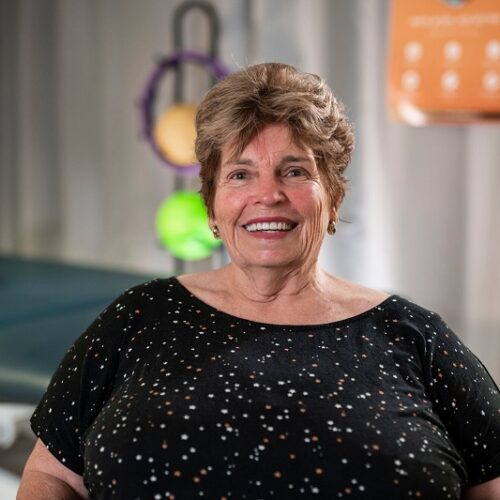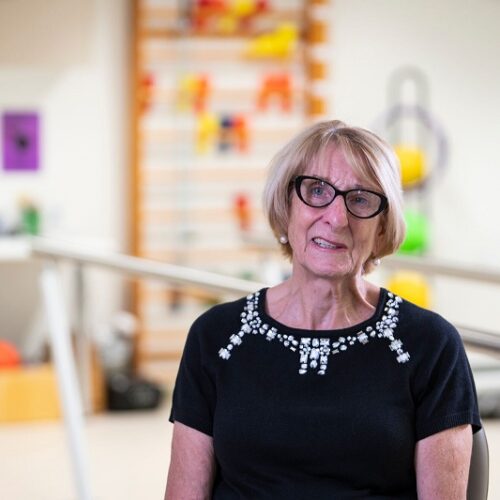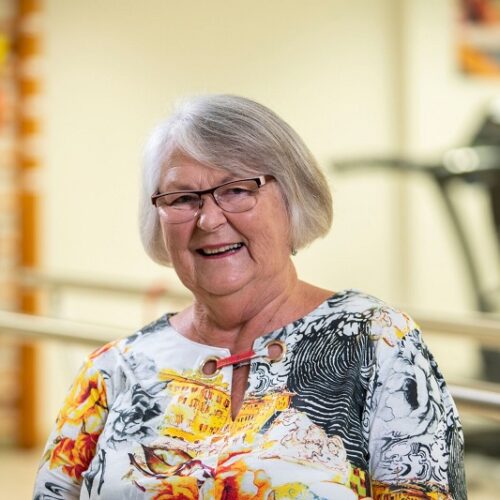Active ageing
Home / Active Aging
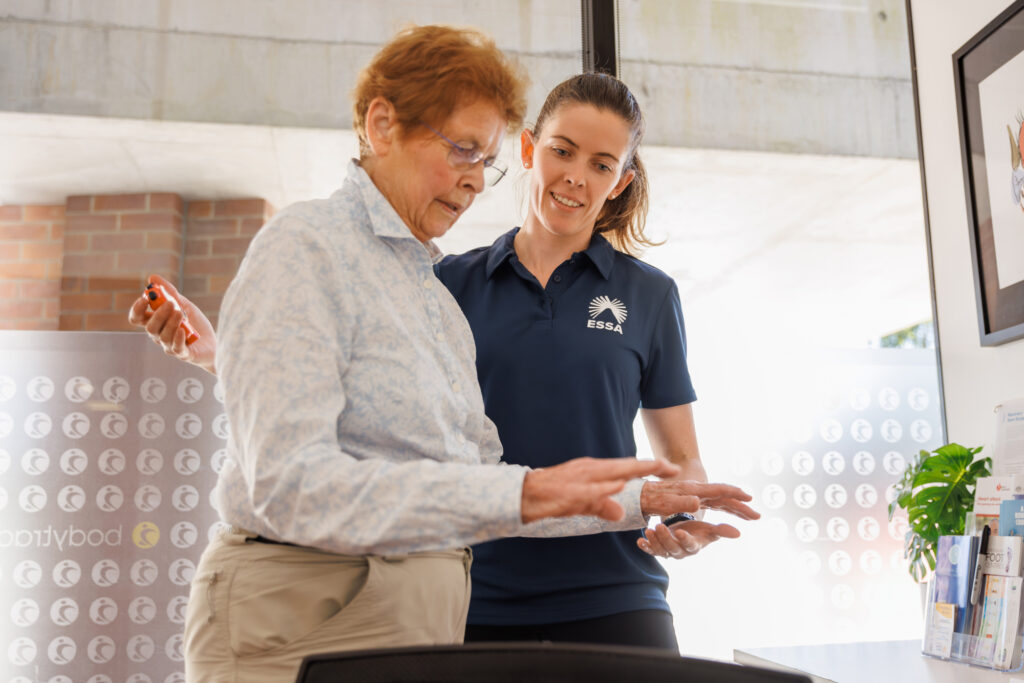
Exercising right for active ageing
Staying active as you age is one of the most powerful ways to protect your health and independence. Regular exercise improves strength and balance, supports heart and brain health, reduces the risk of falls, and helps you stay confident and connected.
It’s never too late to start. Small, consistent steps towards being more active can make a big difference to how you feel and how long you stay independent. Whether you’re already active or just starting out, the right type of exercise can help you enjoy life for longer.
What type of exercise is best?
Many older Australians are not exercising enough, but every bit of activity makes a difference.
- Targeted resistance or strength training helps fight sarcopenia (age-related muscle loss) and supports daily tasks like standing, walking and getting up from a chair
- Exercise programs that include balance and strength training can reduce fall risk by around 20–25%
- Regular exercise lowers the chance of developing conditions like heart disease, type 2 diabetes and osteoporosis
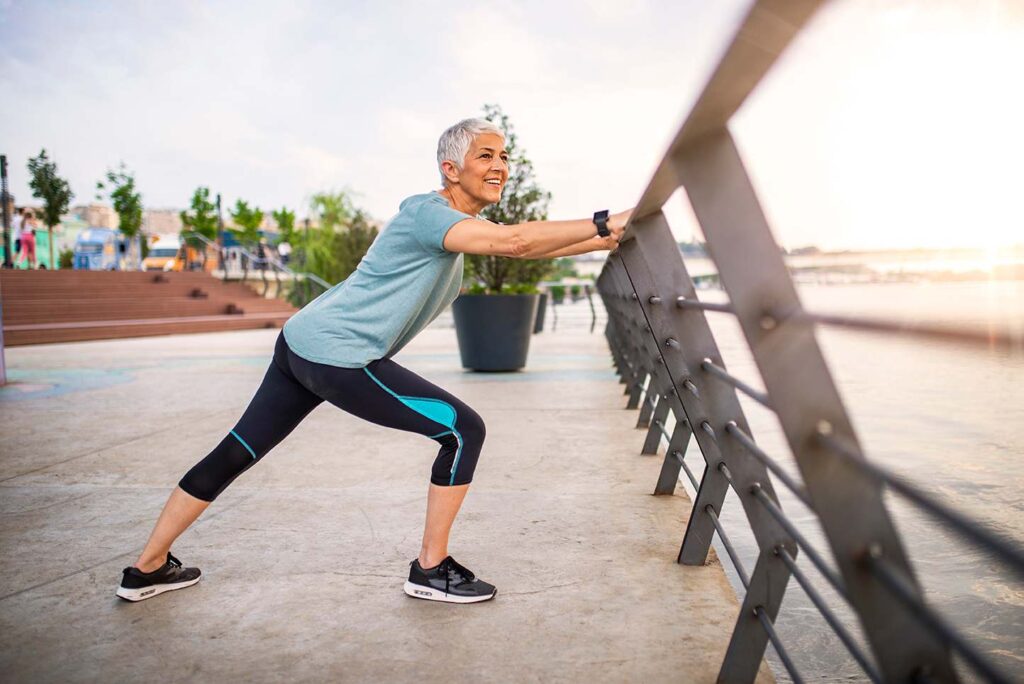
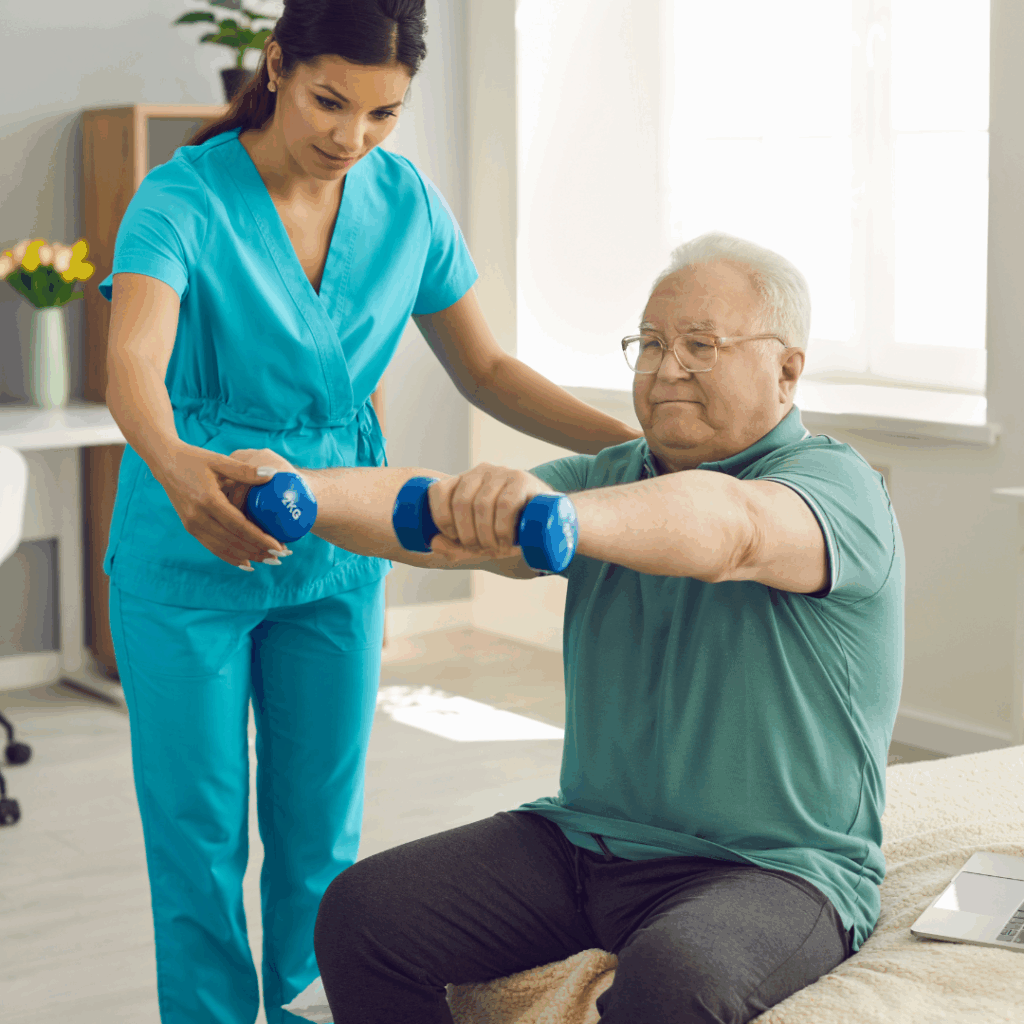
The best types of exercise for older adults
Evidence shows the greatest benefits come from a variety of activities that target different aspects of health:
- Strength training builds muscle and bone to support daily activities and reduce frailty.
- Balance and functional training improves stability and confidence in movements like walking, standing and reaching.
- Aerobic activity like walking, swimming or cycling for heart, lung and energy benefits.
- Flexibility and mobility including gentle stretches and range-of-motion work reduces stiffness.
- Low-impact options like hydrotherapy, tai chi or group classes can also provide social connection.
The right mix depends on your health, fitness and goals — an Accredited Exercise Physiologist (AEP) can design a program tailored to you.
5 tips for staying active
- Be consistent and build routine: regular exercise, even in short sessions, is more beneficial for long-term adaptation than sporadic bursts of high intensity.
- Minimise long periods of sitting: reducing sedentary time with light movement or walking breaks helps maintain circulation, mobility and physical function.
- Choose activities you enjoy and can stick with: sustainable physical activity is more likely when it’s enjoyable, meaningful and matches your abilities.
- Stay socially connected through movement: group classes, walking with friends or community exercise programs help maintain motivation and deliver additional mental health and social benefits.
- Be patient and progress gradually: adaptiveness and progression are key. It’s normal for progress to be slow at first, but keep in mind that slow, steady improvements are more sustainable. If something hurts or feels unsafe, adjust or pause and seek professional advice.
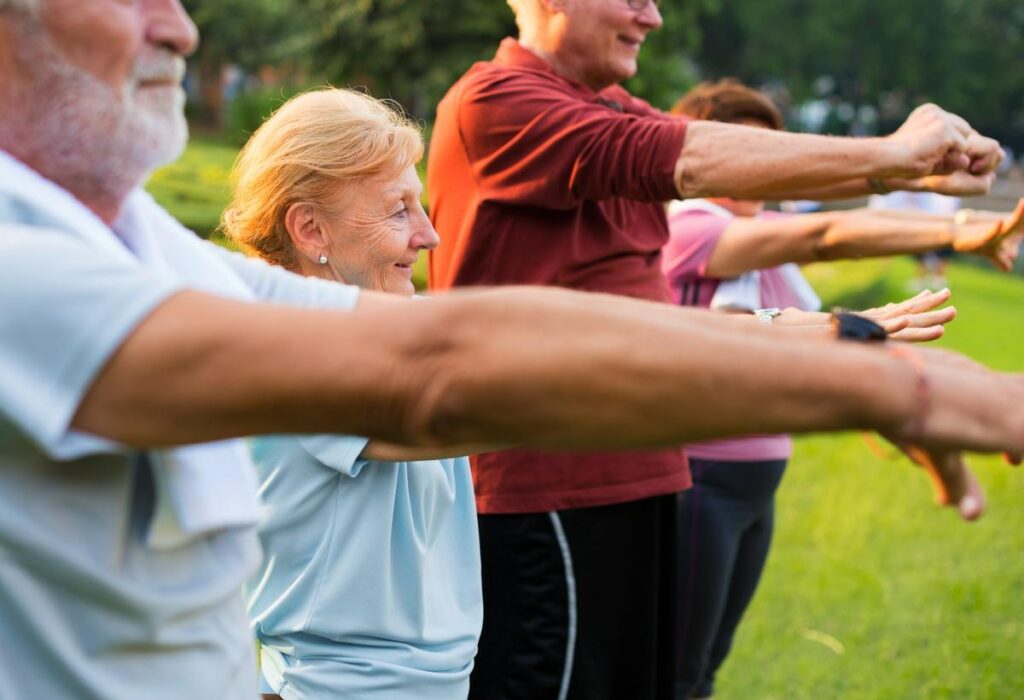
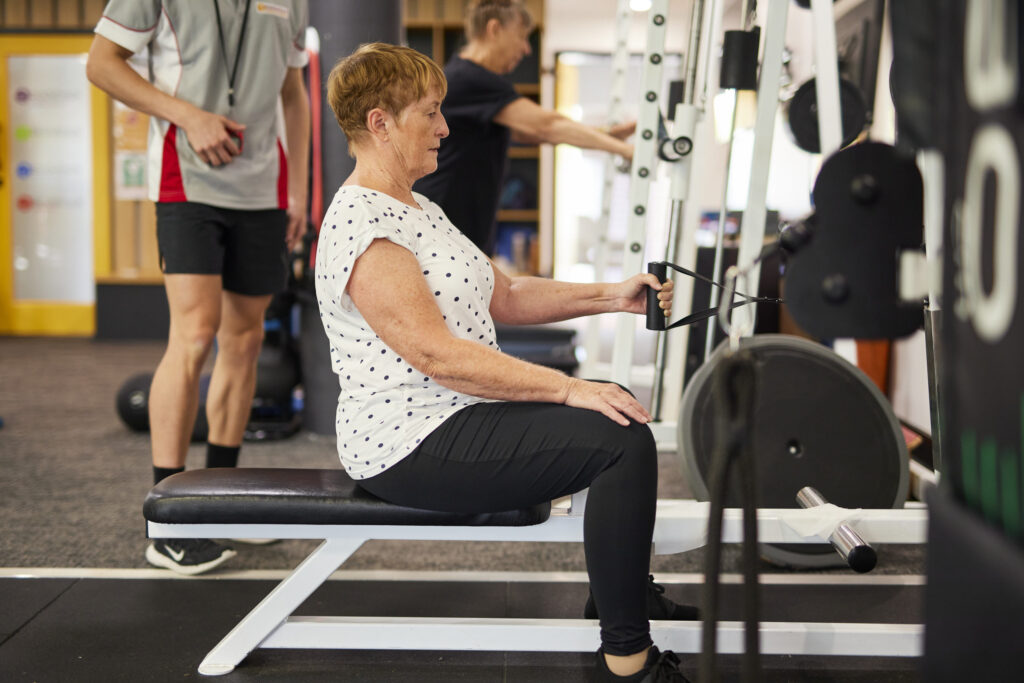
Get started with expert support
If you’re unsure where to start or how to exercise safely, an Accredited Exercise Physiologist (AEP) or Accredited Exercise Scientist (AES) can help. They’ll assess your needs, guide your progress, and help you move with confidence.
Frequently asked questions
What if I have arthritis, heart disease or balance problems - can I still exercise?
Prescribed exercise is safe and beneficial for many chronic conditions, provided it is appropriately tailored. Accredited Exercise Physiologists or Exercise Scientists can help design programs that take into account pain, joint changes, heart health or balance issues so that movement is safe, effective and supportive of long-term function.
Can exercise lower my risk of falling?
Absolutely. Balance and strength exercises can reduce falls by up to 42 per cent in older adults when done regularly.
How much exercise do older adults need?
Aim for at least 30 minutes of moderate activity most days. This includes aerobic activity plus strength and balance training on two or more days. But older adults who can’t meet this immediately can start with shorter or gentler bouts. For example, two 10-minute sessions per day, and build from there.
Is it safe to begin exercising at 65, 75 or older?
Yes. People in their 60s, 70s or beyond can safely begin or continue exercise. The key is using structured, evidence-informed programmes that are progressive, tailored and adapted to individual health status and functional ability. If you have chronic illnesses, mobility issues or a history of falls, starting with professional advice from an Accredited Exercise Physiologist is recommended.
Can exercise improve memory and brain health in older adults?
Yes. Regular physical activity supports brain function, improves mood, reduces stress and may help slow cognitive decline.
More resources
Looking for more information? Check out factsheets and articles on topics relevant to you.

